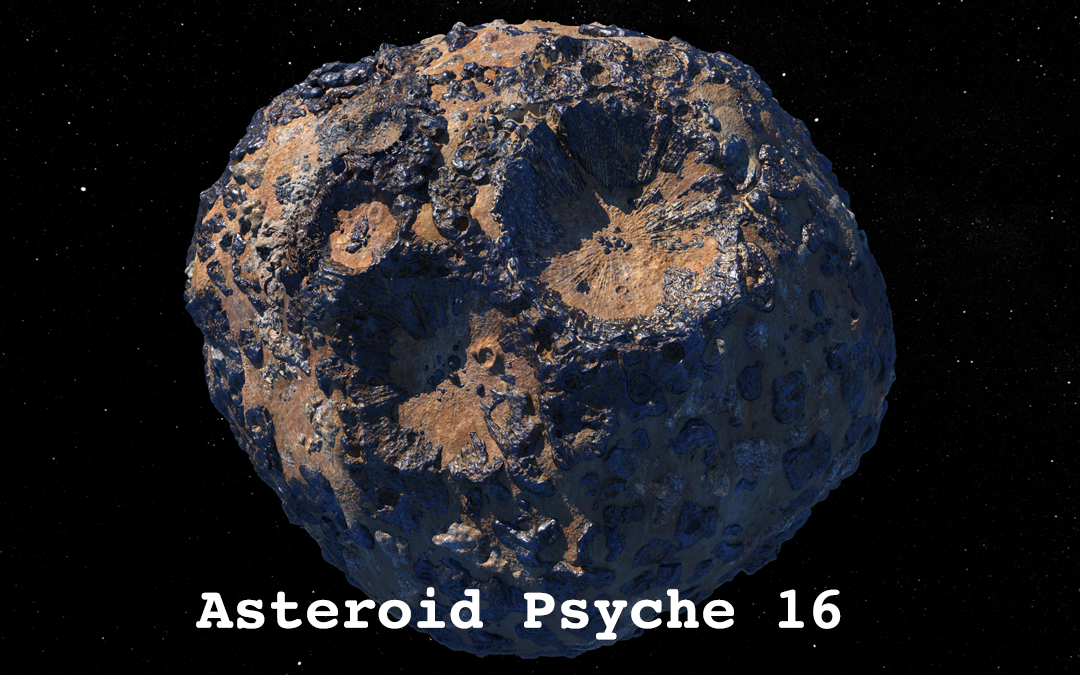Kerby Anderson
You may have seen the announcement that astronomers have found an asteroid (Asteroid Psyche 16) that has been found to contain gold reserves worth $700 quintillion. That announcement was followed by the statement that this would be enough to make everyone on Earth billionaires. Numerous comments correctly noted that it would make gold worthless, and we would all still be poor. Many recommended that the person writing the headline should take an economics class.
There is no evidence that this asteroid will land on earth or that Elon Musk wants to capture it and bring it to earth. But consider the possibility for a moment because it illustrates an important point about money.
For at least 5,000 years gold has been money. Even in the modern era, gold has been the foundational layer for money. Primitive money used such items as beads, stones, and shells as forms of money. Monetary money includes gold, copper, and silver. There is one significant reason why gold has lasted this long as money.
Gold has many properties that make it useful as money: durability, divisibility, portability, fungibility, and scarcity. As you can see, one important characteristic is scarcity. Gold mining is still taking place around the globe, but only about 2 percent is added to the worldwide supply of gold annually.
Imagine if this asteroid was on earth. The gold in Fort Knox and in central banks around the world would be a curiosity but worth nothing. All the other characteristics of gold would be insignificant if scarcity was no longer an attribute.
This is why the U.S. dollar is worth less every day since the government can print more of them. And this is also why wise investors are always on the hunt for scarce assets that cannot be debased by creating more.
 Listen Online
Listen Online Watch Online
Watch Online Find a Station in Your Area
Find a Station in Your Area










 Listen Now
Listen Now Watch Online
Watch Online
